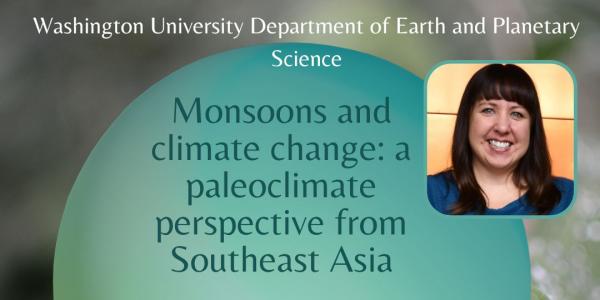Monsoons and climate change: A paleoclimate perspective from Southeast Asia
The Asian Monsoon (AM) system is an important component of the global climate system that plays a major role in the transport of heat and moisture from the tropics to higher latitudes. Even small variations in the strength and timing of seasonal rainfall can have significant impacts on the billions of people living within the AM domain, yet climate model projections of future regional-scale hydrologic change still remain uncertain. Paleoclimate records from speleothems have substantially improved our understanding of the timing and mechanisms of past AM variability on orbital to decadal time-scales, but the impact of these variations on regional precipitation patterns remains unclear. This is due in part to the multitude of potential controls on speleothem oxygen isotope composition, but also to the sparse coverage of the paleoclimate record over certain regions, such as Mainland Southeast Asia. To address this, I will present new stable isotope, trace element, and radiocarbon data from speleothems collected from MSEA spanning the last ~45,000 years. I’ll highlight how our multi-proxy approach, in combination with analysis of instrumental and climate model data, can be used to unravel the response of MSEA hydroclimate to external climate forcing and internal climate variability across a range of timescales.
Host: Bronwen Konecky
Register to attend via Zoom
